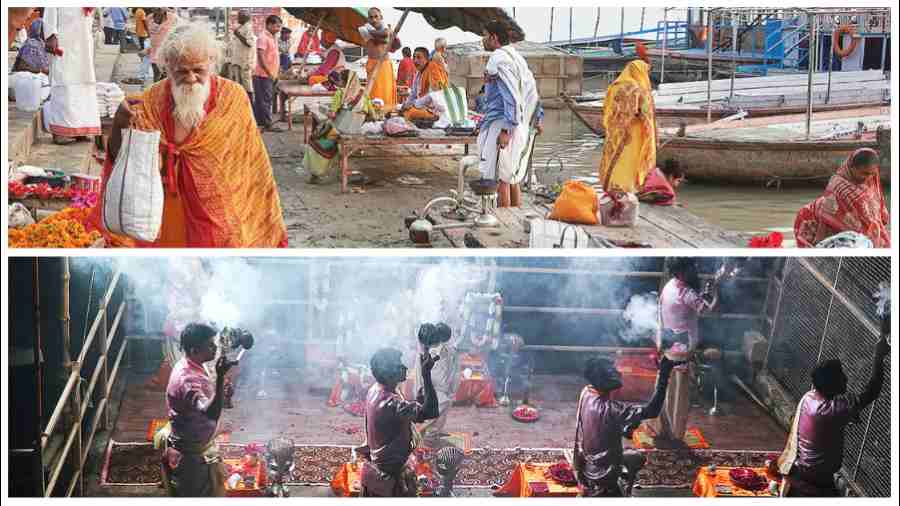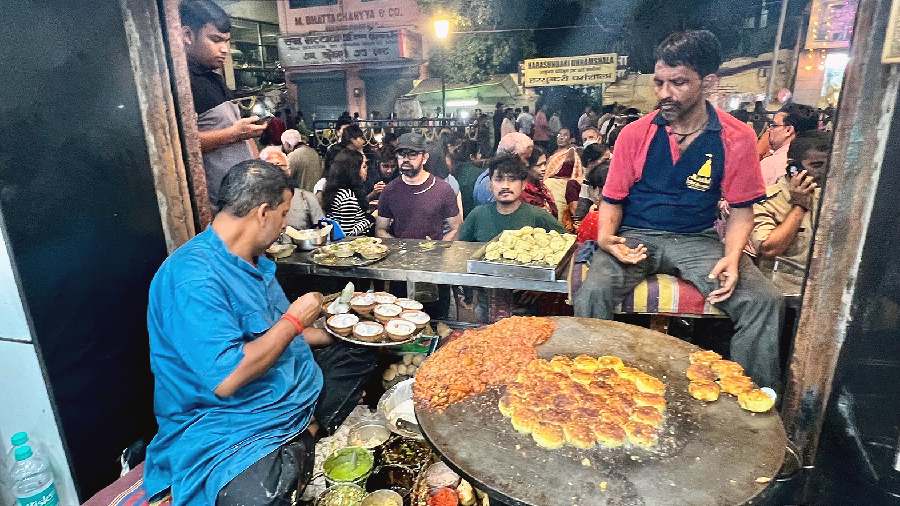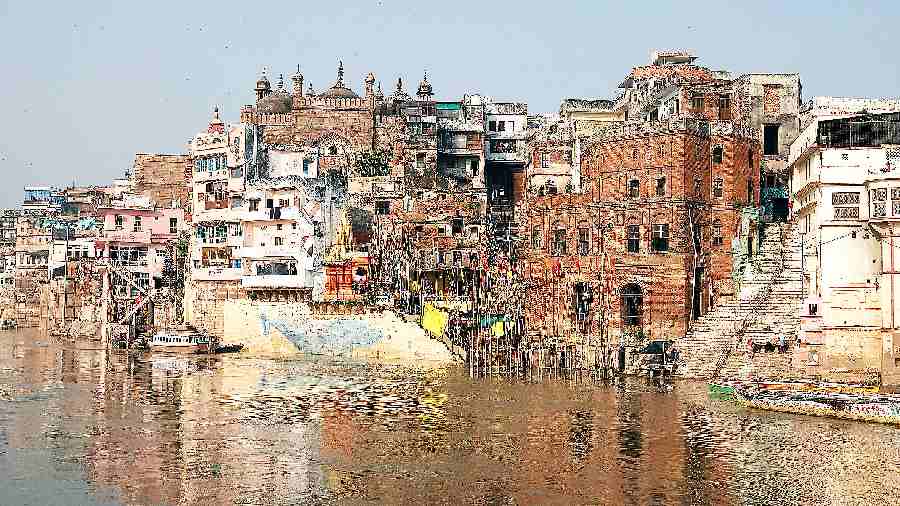The city of Varanasi (also known as Kashi or Benares) moved the legendary American author Mark Twain to remark: “Benares is older than history, older than tradition, older even than legend and looks twice as old as all of them put together.” He made this observation more than 100 years ago, fascinated by an ancient city that is thousands of years old.
From the well-heeled tourist to the backpacker, this old city, suffused with philosophy, spirituality, knowledge, arts and crafts, culture and cuisine, never fails to sway visitors. Some have gone on record claiming it takes just a day to fall in love with Varanasi, with its unique chaos, commotion, smells, colours and experiences.
PHOTOGRAPHER’S DELIGHT
An important centre of pilgrimage, with its countless temples and ghats, some believe anyone breathing his or her last in Varanasi is released forever from the cycle of birth and rebirth. Vaishnavism and Shaivism have existed harmoniously in Varanasi over the ages. It has been a major centre of learning for several centuries.
Recently, I went for a four-night trip to Varanasi and was spellbound by the ghats of the city. All the 80- plus ghats can be seen by taking a two-hour river cruise organised by the tourism department of the Uttar Pradesh government. Each ghat has its own characteristics. The Harishchandra Ghat and Manikarnika Ghat are some of the oldest burning ghats and are believed to be the holiest cremation grounds around the riverfronts. I was surprised to see the flames on these cremation grounds burning all day and night. This is how it has been for ages.
The Dashashwamedh Ghat, which supposedly is the largest ghat in the region, and the Assi Ghat (southernmost ghat in the region) give a spectacular view of aarti in the evening. I would recommend viewing this place twice — to witness the aarti from the ghat and once from the river cruise. For a moment I felt like I was in a different world. All the ghats are nestled closely, so if you are a walker, and have time to spare, you may simply choose to spend an entire morning or early evening exploring them one by one.
Visiting the ghats early in the morning or evening, a boat ride or a cruise on the Ganga, watching the evening aarti, the famous Shree Kashi Vishwanath Mandir, the sunrise and sunset with their varied shades of colour are a photographer’s delight.

Early morning scene at the ghats (top); Aarti at Assi Ghat
HISTORY AND FOOD
The thriving weaving industry in this region is worth a visit, watching artisans at work, in enormous workshops, working on brocade and zari. In the fifth and sixth centuries BC, exquisitely woven cotton fabrics from Kashi became the most sought after commodity all over the world. Weavers from Gujarat migrated to this region in the 17th century after a famine in 1603. A new working environment for weavers gave way to various innovations and by the end of the 19th century, the city had emerged as a major textile hub.

The thriving weaving industry in this region is worth a visit
As a seat of learning, Varanasi boasts of being the city where Tulsidas and Premchand wrote their literary masterpieces. It’s also home to Banaras Hindu University and Besant Theosophical School. The city was close to the hearts of Ustad Bismillah Khan and Pandit Ravi Shankar.
As a tourist, you must find time to visit these places of interest, steeped in history, culture, and religion.
Finally, I come to the out-of-this-world gastronomic trails of Varanasi. Though I was not very keen on vegetarian fare, I gorged on the various chaats and the special golgappa with a dash of hing at Kashi Chaat Bhandaar, and found myself in paradise, well, almost. There is a mind-boggling assortment of delicately prepared chaats and kachoris. Take your fill of Dahi Chutney Golgappe, Chenna Dahi Vada, Tamatar Chaat and the famous Benaras Chaat, apart from the other North Indian chaats. Snack on Laaiya Chane (a variation of bhel) and Chewra Matar (made of flattened rice tossed with peas).

Kashi Chaat Bhandaar
Delectably fresh kachoris greet you at roadside stalls in the morning; the most famous being Chachi Ka Dukaan. They are duly accompanied by a spicy, hot side of sabzi. Apart from the regular kachori sabzi, there are shops selling aloo kachori and Baati Chokha (we know it better as Litti Chokha). A whole lot of Champaran meat shops have evolved all around the city; I highly recommend the one diagonally opposite the Taj Nadesar Palace Hotel. I never expected dim sum and sushi to be served in a place like Varanasi and Holy Chopsticks is a must-visit for this.

A lot of Champaran meat shops have evolved all around the city
If you’re feeling thirsty, try the smooth-and-creamy lassi or thandai in spring-summer. In the winter, there’s the irresistible Malaiyyo, a local delicacy available only when the temperature falls.
What’s life without some sweetness? You can get your fill here with mouth-watering rabri with crisp jalebis or launglata and other local sweets. While strolling, indulge in a few rounds of Kulhad Chai, smelling the divine hot beverage in a terracotta cup.
Oh, yes… I can’t forget the Benarasi paan, immortalised in the Bollywood song Khaike paan Banaras wala.
That’s Varanasi for you. You need to visit the city at least once to savour its irrepressible sights and sounds.
The author is a communication consultant and a restaurateur owning popular brands Oudh 1590 and Chapter 2. His passion for travel and wildlife photography takes him to exotic destinations and the remotest of jungles.
